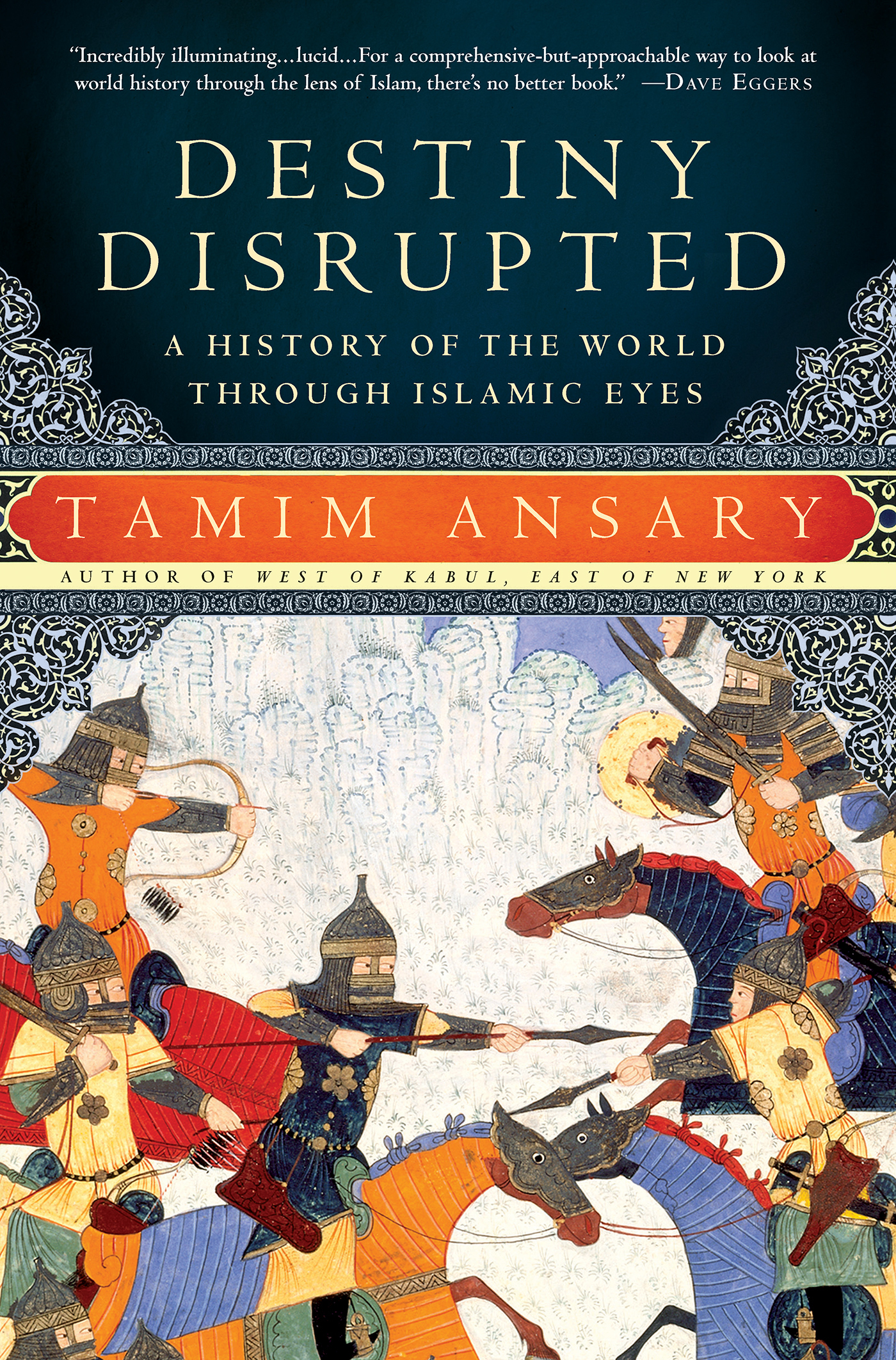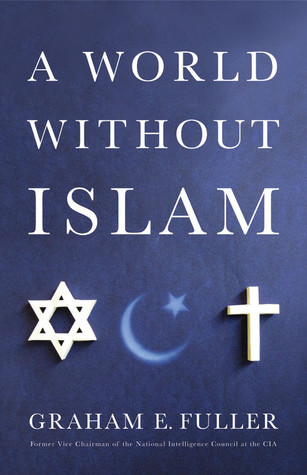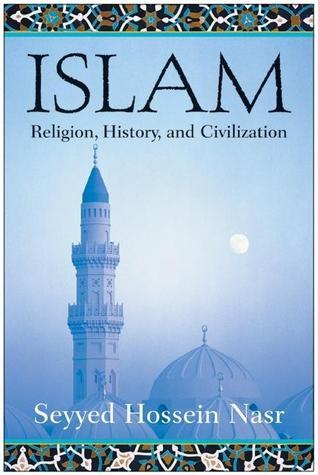
What Went Wrong? The Clash Between Islam & Modernity in the Middle East
Book Description
A clash of civilizations unfolds in the heart of the Middle East, where the shadows of ancient faith and the light of modernity war for dominance. Bernard Lewis unveils the turbulent journey of a region grappling with identity and change, revealing the deep-rooted conflicts that have shaped its destiny. Dive into the intricate tapestry of history, politics, and culture, where every decision ripples through time, echoing the voices of millions. As the past collides with the future, how will a fractured world find unity in its diversity?
Quick Book Summary
"What Went Wrong? The Clash Between Islam & Modernity in the Middle East" explores the historical and cultural reasons behind the Middle East's struggles to adapt to modernity. Bernard Lewis, a renowned historian, analyzes the factors that positioned Islamic societies as global leaders in earlier centuries, then tracks their decline relative to the rapidly modernizing West. Lewis investigates the roles of religion, governance, technological advancement, and encounters with Western powers, illustrating how disappointment and frustration grew as the gap widened. The book delves into the social, economic, and intellectual shifts that accompanied the confrontation with modernity, detailing how the region grappled with reform and resistance. Ultimately, Lewis offers insight into the deep-rooted nature of the Middle East’s challenges and the persistent tension between tradition and change.
Summary of Key Ideas
Table of Contents
The historical rise and decline of the Islamic world
Bernard Lewis begins by recounting the era when the Islamic world was at the forefront of global civilization, excelling in science, philosophy, and governance. He explains how for centuries, Islamic societies enjoyed confidence and self-sufficiency, often perceiving themselves as superior to Europe. This historical ascendancy set high expectations for the region’s trajectory, making its later struggles particularly impactful on the collective psyche. Lewis situates the sense of loss and decline within the memory of a golden age, which profoundly shapes responses to subsequent challenges.
Encounters and confrontations with Western powers
The balance shifted with the West’s technological and economic leap during the Renaissance, Industrial Revolution, and Enlightenment. Lewis emphasizes the shock and confusion among Middle Eastern societies upon realizing that the West had surpassed them in military, economic, and intellectual domains. These encounters prompted attempts to understand and emulate Western advances but also led to resentment, resistance, and accusations of cultural imperialism. The sense of humiliation and loss recombined with political and religious conservatism, intensifying the region’s crisis of confidence.
Internal struggles with modernization and reform
Internal debates about governance, law, and society emerged as leaders and intellectuals confronted the realities of decline. Lewis outlines efforts to reform education, update legal codes, and develop modern state structures. These reforms were often uneven, facing opposition from traditional elites, religious authorities, and segments of society wary of foreign influence. The push-pull between embracing modern concepts and maintaining cultural identity created deep fractures, with some groups advocating radical change and others calling for a return to stricter interpretations of Islam.
Religion, governance, and social organization
Lewis explores how Islam’s relationship with political power, law, and social organization shaped responses to modernity. Unlike Western societies, where secularism evolved, Islamic societies typically intertwined religion with state mechanisms. Attempts to separate or modernize these structures proved deeply controversial, as religion remained a pivotal force in defining social norms and political legitimacy. The struggle to find a balance between faith and progress created recurring cycles of reform and backlash, hindering steady movement toward adaptation.
Implications for contemporary identity and global relations
In conclusion, Lewis reflects on how the struggle to reconcile past glories with present difficulties continues to fuel tensions in the Middle East. The clash between tradition and modernity—exacerbated by colonial legacies and global political pressures—remains unresolved. The book leaves readers with a nuanced understanding of why the region’s path diverged from Western modernity and how these persistent challenges shape debates on identity, unity, and the future role of Islam in global society.
Download This Summary
Get a free PDF of this summary instantly — no email required.





